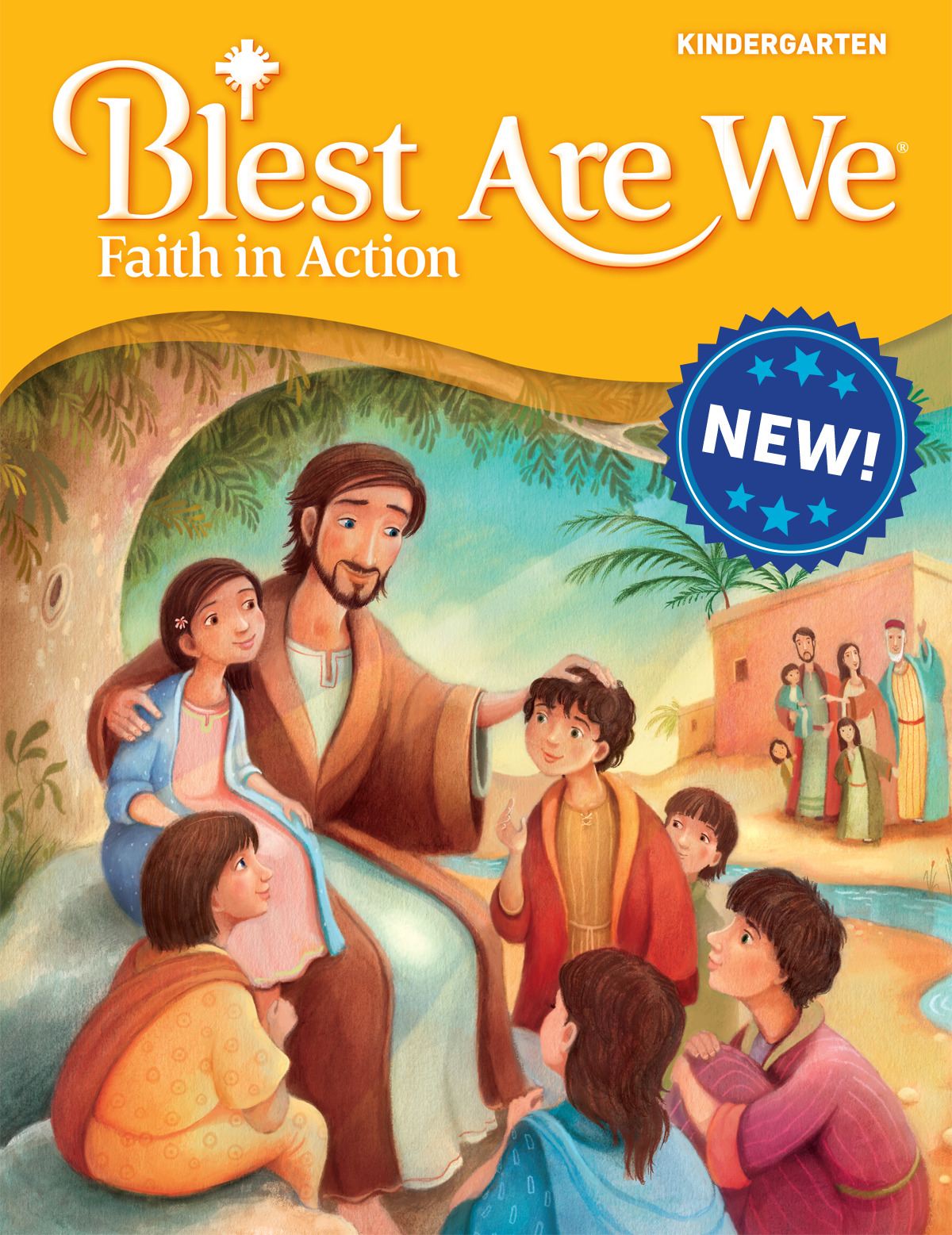The last time I remember feeling a deep sense of belonging was during a retreat for Catholic school educators. My role was as diocesan staff, and while I had facilitated a number of retreats over the years, and was sometimes sought out for spiritual talks, this time, I was grateful to simply be in attendance, to listen and learn. Surprisingly, the real inspiration that day came from seagulls.
 Behind the retreat center, an enormous jetty of black rocks jutted out into the water, calling me to sit and just be for a while during the break. To get there, I had to cross a stretch of beach where a hundred or more seagulls were resting. There was barely room to put my foot down without stepping on one.
Behind the retreat center, an enormous jetty of black rocks jutted out into the water, calling me to sit and just be for a while during the break. To get there, I had to cross a stretch of beach where a hundred or more seagulls were resting. There was barely room to put my foot down without stepping on one.
I don’t remember how long it took to cross the beach, it was slow going, but during that time, not one seagull moved or flew away at what I believed to be my intrusion. It was an incredible experience of peace of mind and heart because I didn’t feel like an interloper or an outsider in the natural world. The gulls accepted me. I belonged.
Essentially, we all belong to God, our creator, but often times we need the reminder – as do our children. As one child care center proposes, “Every child deserves to have someone's eyes light up when they enter the room.”
Hopefully, children develop that profound sense of belonging within their families, but it needs to be supported and experienced within their school communities, as well. A wonderful “belonging” story to share in the religion classroom is the story of Zacchaeus, a tax collector, a sinner who was most likely not on the invite list for many gatherings or celebrations; a short little man who climbed a sycamore tree to catch sight of Jesus (Luke 19:1-10).
But Jesus knew Zacchaeus deep down and did what no one else would do. Jesus invited him to share a meal. He also invited himself to Zacchaeus’ house, making him a “guest of a man who is a sinner,” which shocked the locals.
Jesus let Zacchaeus know that he was loved, that he had value, and that he belonged, and the encounter transformed Zacchaeus, who “received (Jesus) with joy,” and ultimately became the person God had intended him to be. That is the fruit of belonging.
With today’s prevalence of social media, once children begin to connect and spend extraordinary amounts of time on tablets, video games, or phones, they often end up looking for belonging in all the wrong places.
On the road to helping our children develop a healthy sense of belonging in all the right places:
Share more Scripture stories – Jesus was known for bringing everyone into the fold, treating them with respect, and honoring their inherent dignity. Good Scripture stories, presented age-appropriately, include the Samaritan woman at the well (John 4:1-42), the pardon of the sinful woman (Luke 7:36-50); Nicodemus the Pharisee (John 3:1-8); the parable of the lost sheep (Luke 15:1-32).
Highlight unique abilities and strengths – Provide students with opportunities to demonstrate some area of strength or talent and encourage students to applaud and value the gifts of their classmates. Perhaps more important is recognizing what a student is really interested in, which may not be the same as a strength or ability. Interest is often a greater motivator than skill.
Follow Jesus’ example – Jesus the Master Teacher was an inviter and a listener, two practices that will help nurture students’ sense of belonging, and help them to become inviters and listeners themselves. Students might be encouraged to extend or accept an invitation to eat lunch or share recess time with another student or listen quietly and attentively while another student is speaking in class. Listening to others ensures we come to know them better and have some understanding of their wants and needs – a crucial social skill for children, who will become adults, and who have to share the playground.
See your classroom as a small faith community – Belonging to a faith community is a powerful way to grow in faith, feel welcomed and secure, and share a mission with other members. Students have that experience in their Catholic schools, and particularly, in their religion classrooms. Here they learn the faith, have opportunities for prayer and reflection, and give life to their faith through action. They may also worship together and celebrate sacraments together. A faith community is a powerful tool for belonging and an antidote to the challenges of today’s culture.
 About the Author
About the AuthorMary Clifford Morrell, mother of six and grandmother to ten, is a Catholic journalist, editor, and author who has served the Dioceses of Metuchen and Trenton, New Jersey; Burlington, Vermont, and RENEW International in the areas of religious education and communication.
Product Highlight
 Blest Are We Faith in Action for School
Blest Are We Faith in Action for School
Blest Are We Faith in Action offers:
- Faith in Action pages for each chapter, establishing a strong connection to Catholic Social Teaching
- Redesigned Take Home pages, supporting families in the faith formation of their children
- Increased focus on children with special learning needs, addressing practical ways to adapt lessons
- Training Videos for Teachers, eBooks, eAssessments, Family Resources, Catholic Resources, Saints Resources, Lectionary Resources, and more!
New for the Blest Are We Faith in Action Series – Scripture Videos for Grades 1-8!
Enjoy a selection of 40 Biblical scripture story videos that accompany the student lesson pages in our Blest Are We Faith in Action series. These Catholic Bible stories, saint stories, and parables of Jesus enhance the Catholic Faith lessons in your classroom. There are five unique scripture videos for students in grades 1-8.
